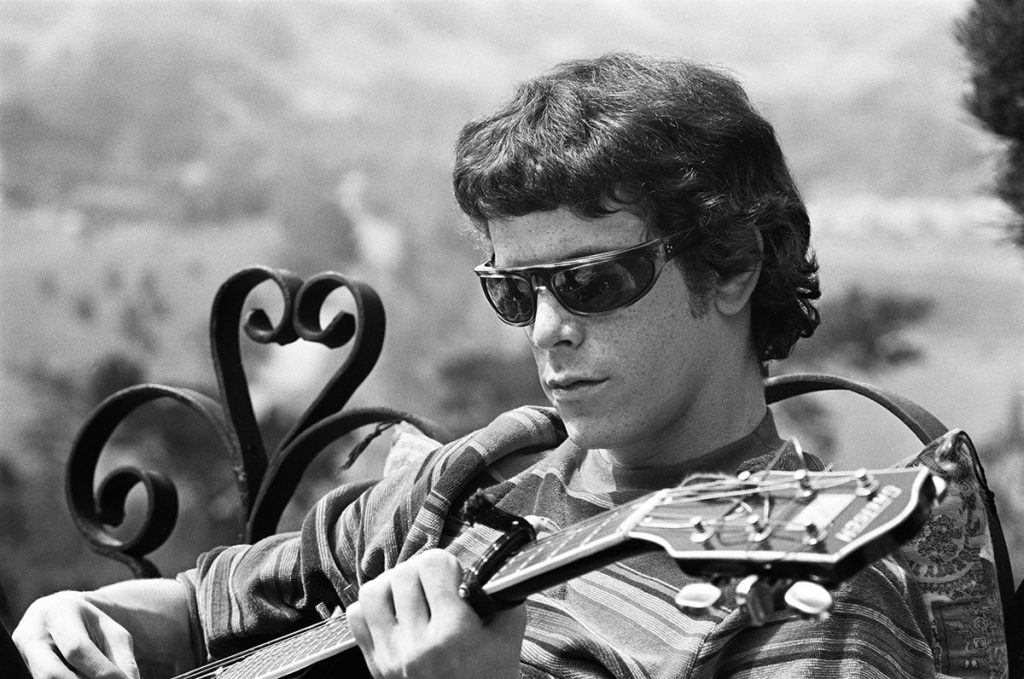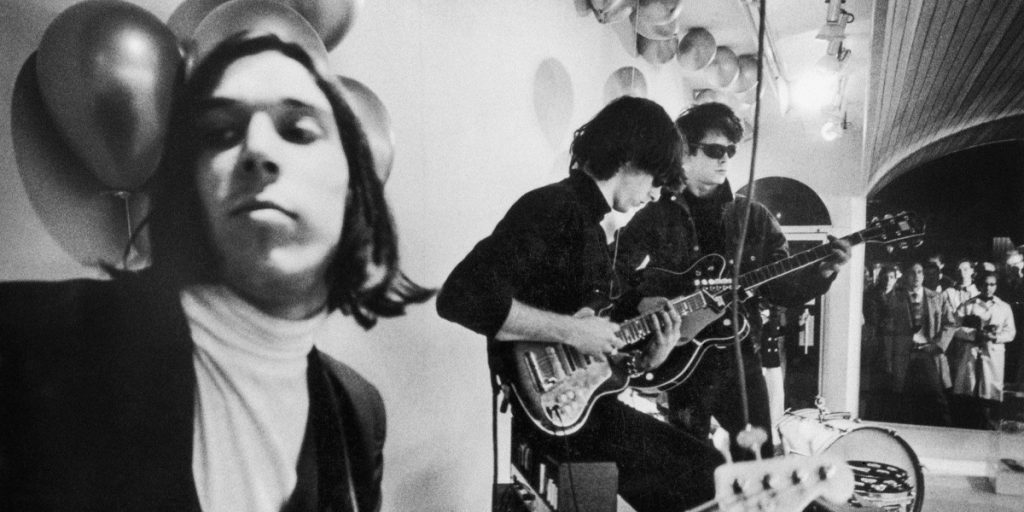Todd Haynes’ The Velvet Underground is everything the band was: experimental, unique, energetic and, above all else, hypnotic.
Todd Haynes (Safe, Carol, Dark Waters) has dabbled in psychological dramas, period romances and legal thrillers – and has touched on true stories and real people in the process – but never has he turned his attention to world of the documentary. Fear not though: with The Velvet Underground, Haynes has never looked more comfortable. In fact, the band and the director seem like a match made in heaven (a bold, visually entrancing, avant-garde heaven), both challenging identity and sexuality in transgressive and unique ways. The Velvet Underground is a living, breathing, rock ‘n’ rollin’ vessel for the band itself, which is long split but has not felt this alive in decades. Haynes’ documentary is made with love, admiration and most importantly respect, peeling back the layers of this complex band and its members without ever making judgements or forcing the audience in a specific direction. Simply sit back and enjoy the ride, but be warned, you’ll be up on your feet and rocking out wherever you are by The Velvet Underground ’s poignant and satisfying conclusion.
The Velvet Underground – a provocative, experimental band originally consisting of Lou Reed (lead vocals/guitar), John Cale (multi-instrumentalist), Sterling Morrison (guitarist) and Angus MacLise (drummer) – might not have found huge critical or commercial success in the 1960s, but they are now regarded as one of the most influential bands in history, specifically in rock and alternative music. The often fractious but highly creative journey of the band is documented in stark detail by the documentary and is given its place against the backdrop of the avant-garde art scene in New York City and beside the band’s manager and publicist, Andy Warhol. It is frequently stated in interviews throughout The Velvet Underground that the band’s existence never made much sense, in terms of it being a combustible melting pot of brave ideas and new thoughts, perhaps reflected in its relatively small return of four albums (and a fifth, which involved none of the original members). Haynes captures this breathless but historically significant union of minds quite brilliantly; at its best, The Velvet Underground is a nostalgic snapshot of a very new world stirring in the streets of New York City.
The Velvet Underground brings a host of other people involved in the band throughout its history to proceedings with interviews, ranging from former managers, replacement band members (drummer Moe Tucker, who played on most of the band’s recordings, is given deserved credit), relatives of Lou Reed, and even one superfan. The focus on German singer Nico’s influence on the band’s first album is also given a merited in-depth look. At first it can feel like a lot to take in, with an influx of people appearing on the screen and quick cut archive footage hurtling at you, but stick with it and the pieces will slot together, and The Velvet Underground is never inaccessible even if you’ve never heard of the band. Plus, most of the people are given enough screen time – through either new interviews or in some cases, like the deceased Lou Reed, archive interviews – to paint a suitable picture of who they are and who they were in relation to The Velvet Underground. Throughout it all, Haynes maintains the dynamics of the documentary with consistent use of split screens, unafraid to use visual flourishes and plenty of colour to back up the scintillating music.

The structure of The Velvet Underground is thoroughly absorbing, if a little hectic, and takes its time setting the scene. A good 40 minutes of the documentary paints the band in its formative years, specifically taking time to highlight the importance of Cale in its creation, before inevitably taking more dramatic flight after Cale and Reed’s subsequent fallout led to the former leaving the setup entirely. What The Velvet Underground does so well, though, is showing – rather than arguing – how important Cale was to the band’s identity, even if he was only involved in the first album; the screeching strings and the slightly-off guitar sounds, mixed with Warhol’s artistic style and Reed’s poetic lyrics and drawling voice, all helped create the band which broke so many boundaries. Haynes is never at odds to create villains here: Reed might have initiated and forced Cale’s departure, but he is never drawn as an evil genius, rather a complex man working with a another creative equal in Cale.
Perhaps what makes The Velvet Underground such an impressive documentary is its success in painting a picture not just of the band but of the time period, with a sweeping overview of the avant-garde scene. The Velvet Underground may have been a prominent part of this movement, but it was just one part. The tremoring excitement of the time is captured with expertly used footage, with videos taken at the time of the different clubs, streets and people in New York City, cut together with quick but well thought out editing from Affonso Gonçalves (Winter’s Bone, Paterson) and Adam Kurnitz (No Kings). Neither does the documentary descend into a barrage of The Velvet Underground songs; instead, Haynes takes a careful consideration to each one that is included, such as “Heroin” – deemed too controversial to air on many radio stations – or “Sweet Jane”, which is a pumping, rocking song lying firmly away from Cale’s influence on the band’s penultimate album.
The Velvet Underground does everything a music documentary should do: it understands the subject’s importance in the time period, shows it in all its glory and styles, highlights its strengths and weaknesses, and most of all, brings the music to life. It is rip-roaring, fast-paced fun for the most part. When the short statements accompany the pictures of each person who has spoken in the film, you understand who they were. Reed and Cale’s influence (the latter, still living, figures heavily in interviews) cannot be underestimated in terms of the creation of The Velvet Underground, and there is a poignancy when you learn an album from the reunited duo, called “Songs for Drella”, was released in 1990. The Velvet Underground might be completely symbolic of an era from the past, but their relevance today is still undeniable. Haynes’ documentary cranks the amp up to full power, gets the drums beating and the mics throbbing, and lets you know that The Velvet Underground must be remembered and immortalised as one of the leading bands from this historical creative movement.
The Velvet Underground is now available to watch on Apple TV+. Read our review of Todd Haynes’ May December.

